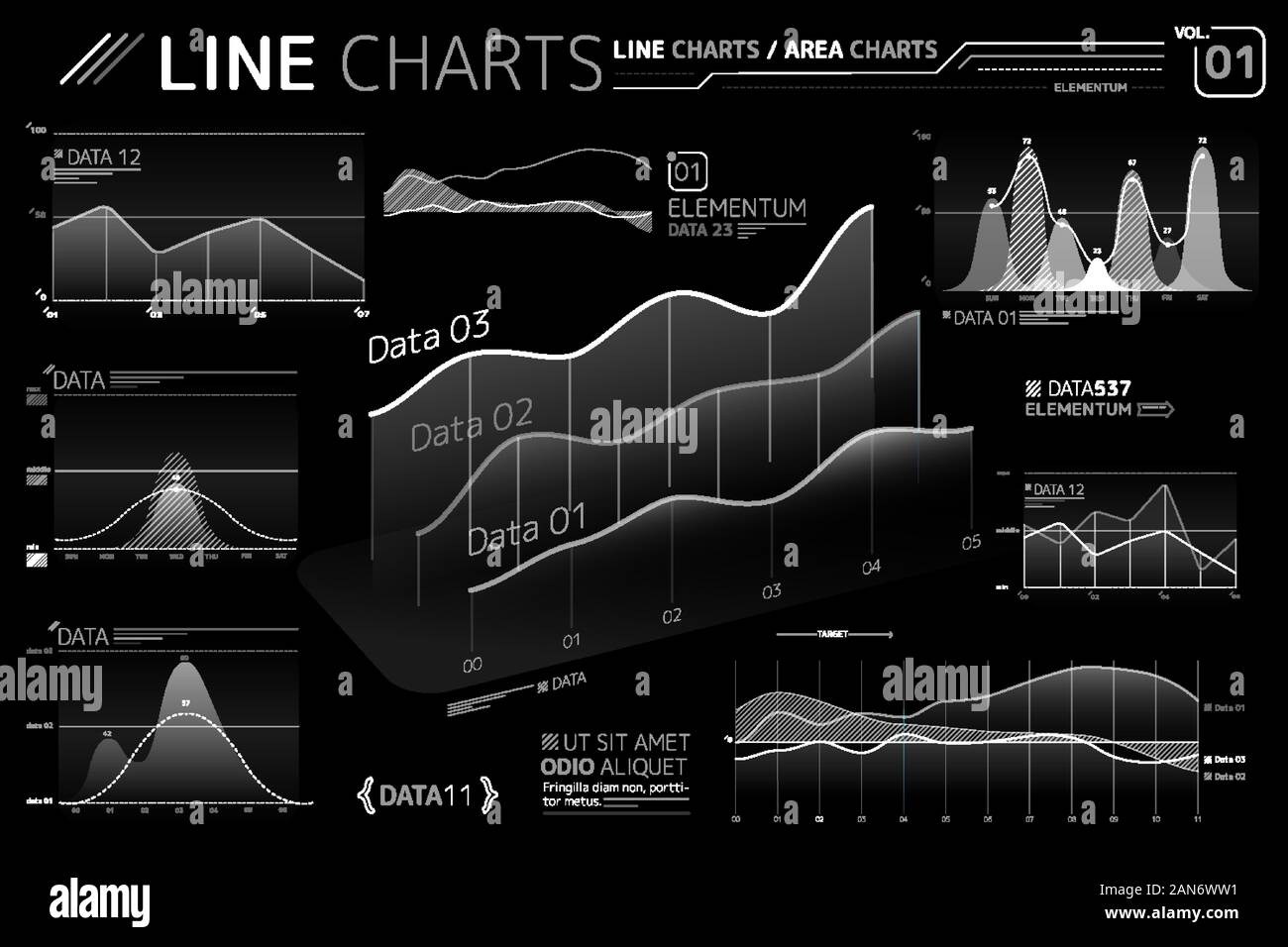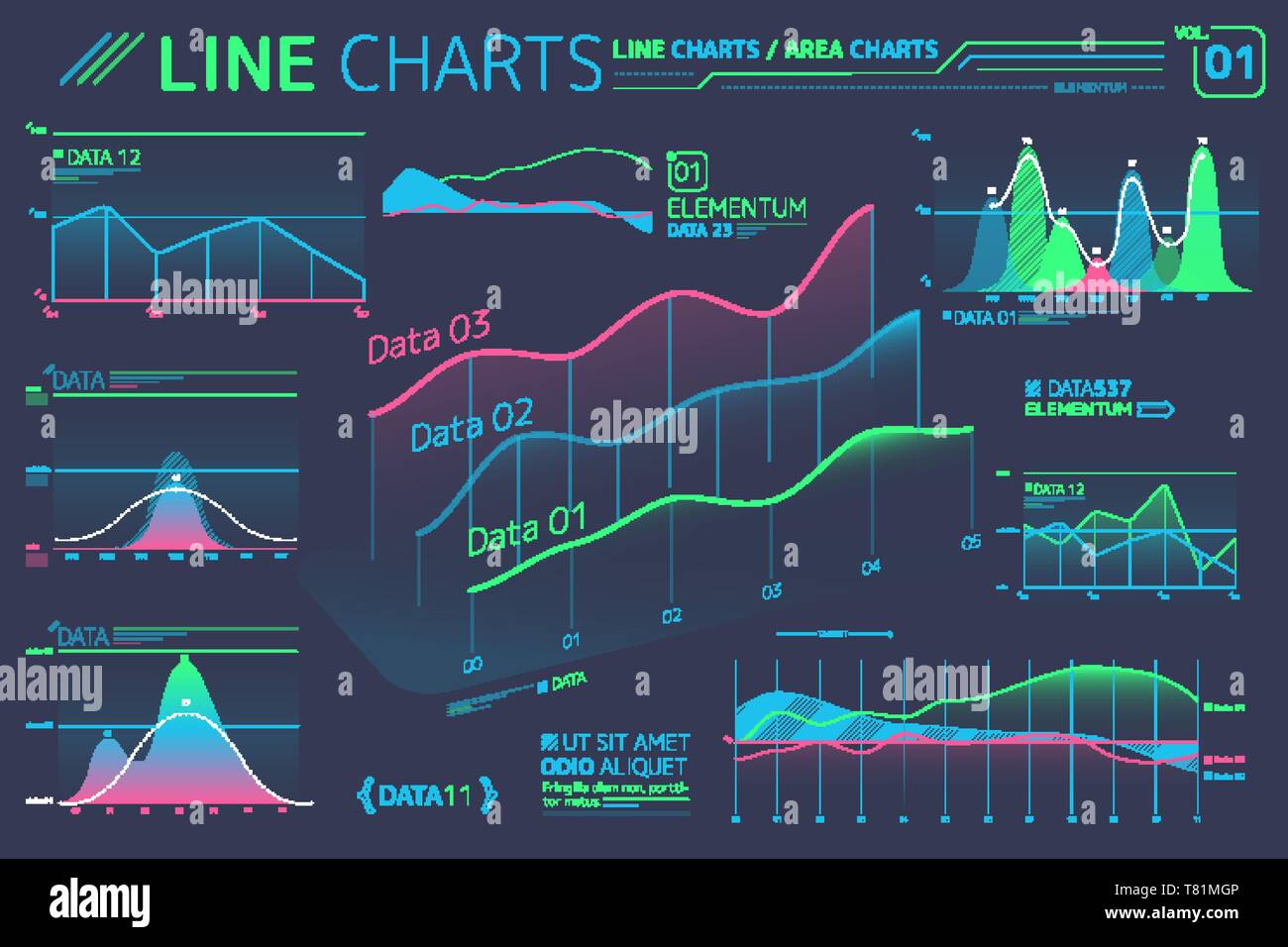Stunning Info About What Is The Difference Between Line Chart And Area Vertical Diagram
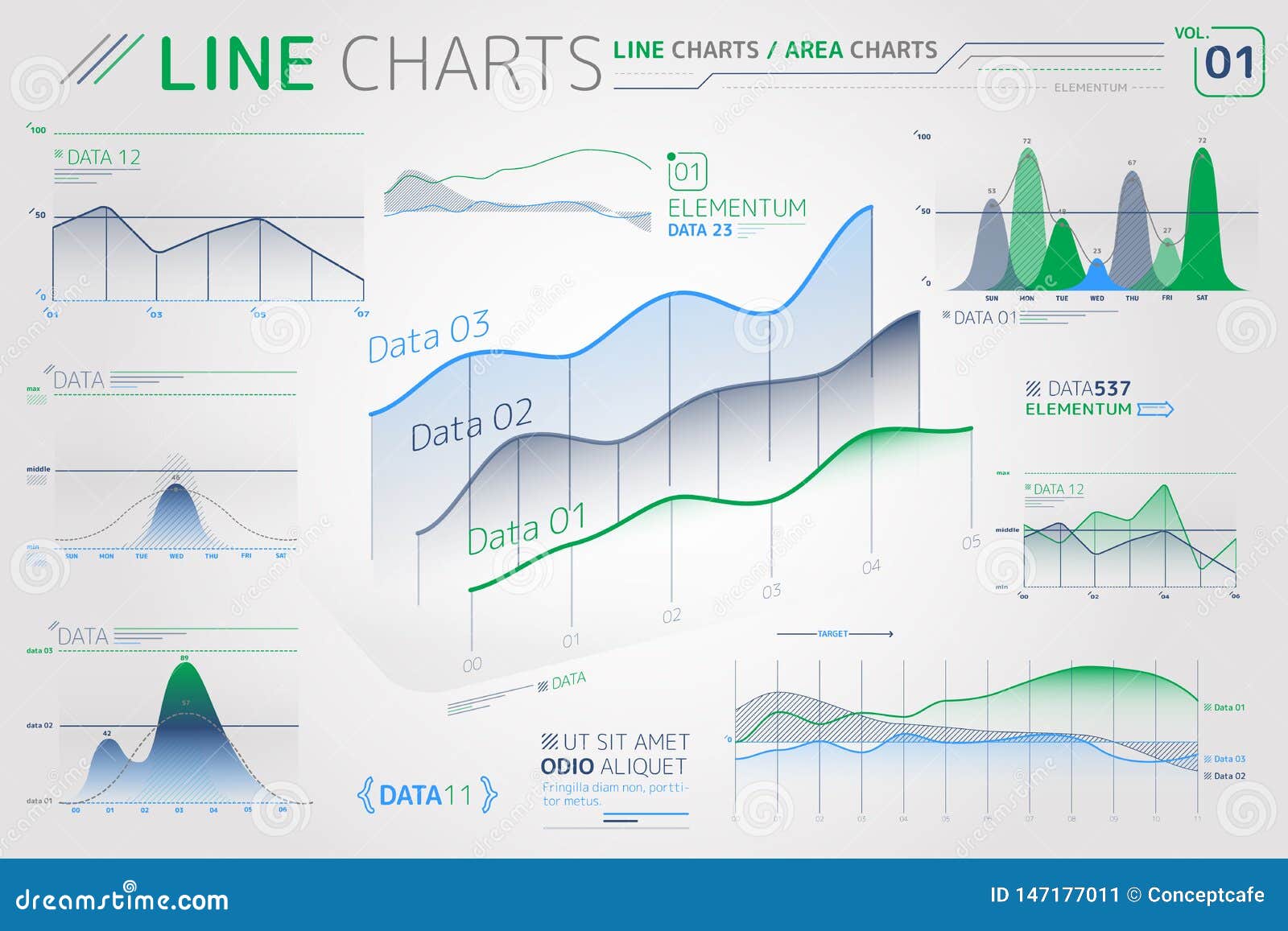
They are used to communicate an overall trend without being concerned about showing exact values.
What is the difference between line chart and area chart. In this post, you’ll learn how to choose the right chart type for your chart type, and how a graph maker made by fusioncharts can help you create the chart you need. Line charts are useful for. An area chart, also known as a mountain chart, is a data visualization type that combines the appearance of a line chart and a bar chart.
An area chart differs from a line chart because, like a bar chart, it has shading between the lines and a border. But due to a few minor but significant variances, they can’t always use them interchangeably. Both are better at spotting patterns than particular values.
An area chart is similar to a line graph in that it shows changes in data over time. Both exhibit consistency over a dataset. What is a line chart?
An area chart combines the line chart and bar chart to show how one or more groups’ numeric values change over the progression of a second variable, typically that of time. They even facilitate the same type of analysis, but their functions are not interchangeable. The line and area charts appear to be very similar.
An area chart is like a line chart in terms of how data values are plotted on the chart and connected using line segments. If the differences between your values are very small, consider a line chart instead. The reason that the axis has changed is that the line area chart by default shows as a stacked area chart.
The y axis shows numeric values and the x axis represents some key measurements. The filled area below the line can help to indicate that it is a physically countable amount, rather than an intangible rate. Using your posted example the area would show the total unemployment over time, with the area split by the ages to give an indication of where it has changed by age too.
An area chart is a form of line chart with the area between the horizontal axis and the line that connects data points filled with color. The horizontal axis depicts a continuous progression, often that of time, while the vertical axis reports values for a metric of interest across that progression. Explore the nuances of data presentation as we compare line chart vs area chart, helping you choose the best fit for your data story.
Area charts work best to show multiple values over time. With beautiful.ai , you can easily add and customize a line chart template or. In this article, we’ll stage a “duel” between line charts and area charts, exploring their characteristics, use cases, advantages, and potential pitfalls to help you choose the right visualization technique for your data.
Discover the key differences between line charts and area charts. It is commonly used to show how numerical values change based on a second variable, usually a time period. Charts visually represent current data in the form of tables and diagrams, but graphs are more numerical in data and show how one variable affects another.
An area chart is distinguished from a line chart by the addition of shading between lines and a baseline, like in a bar chart. Opposite to an area chart, the vertical axis of a line chart doesn't need to start at zero. This creates a visual “area” context for understanding the magnitude and distribution of data points.
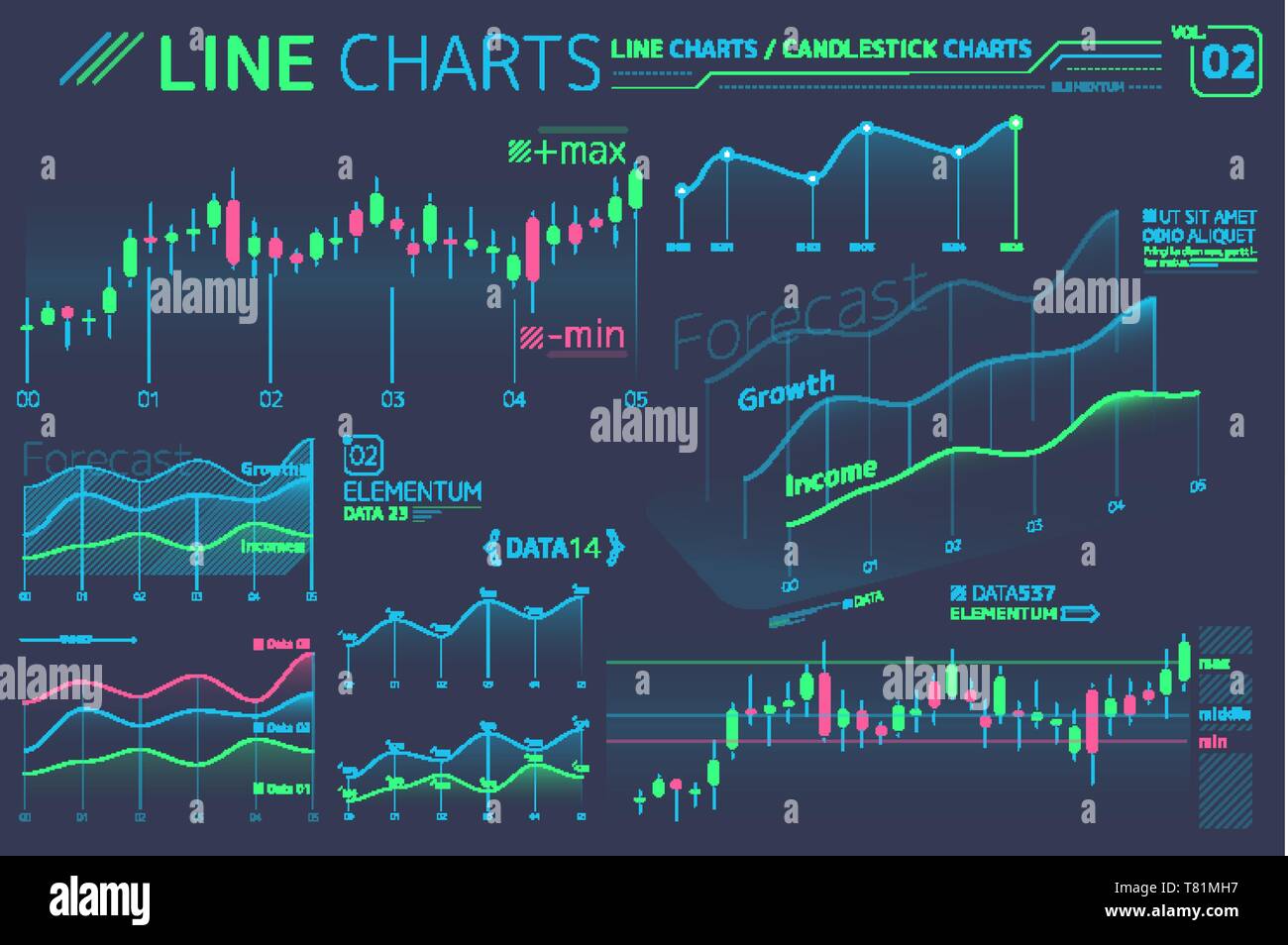
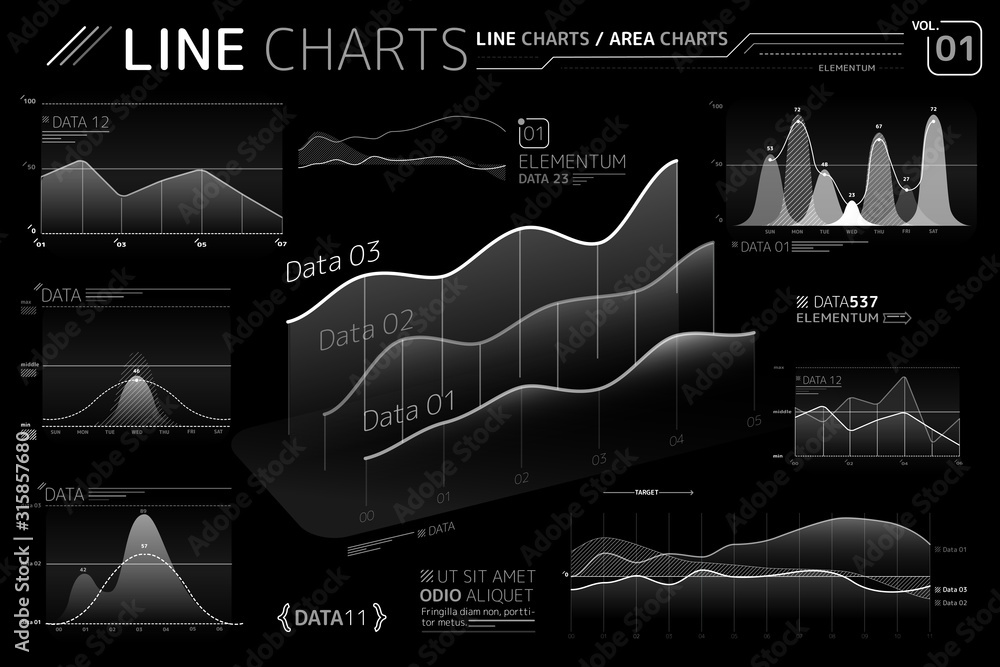
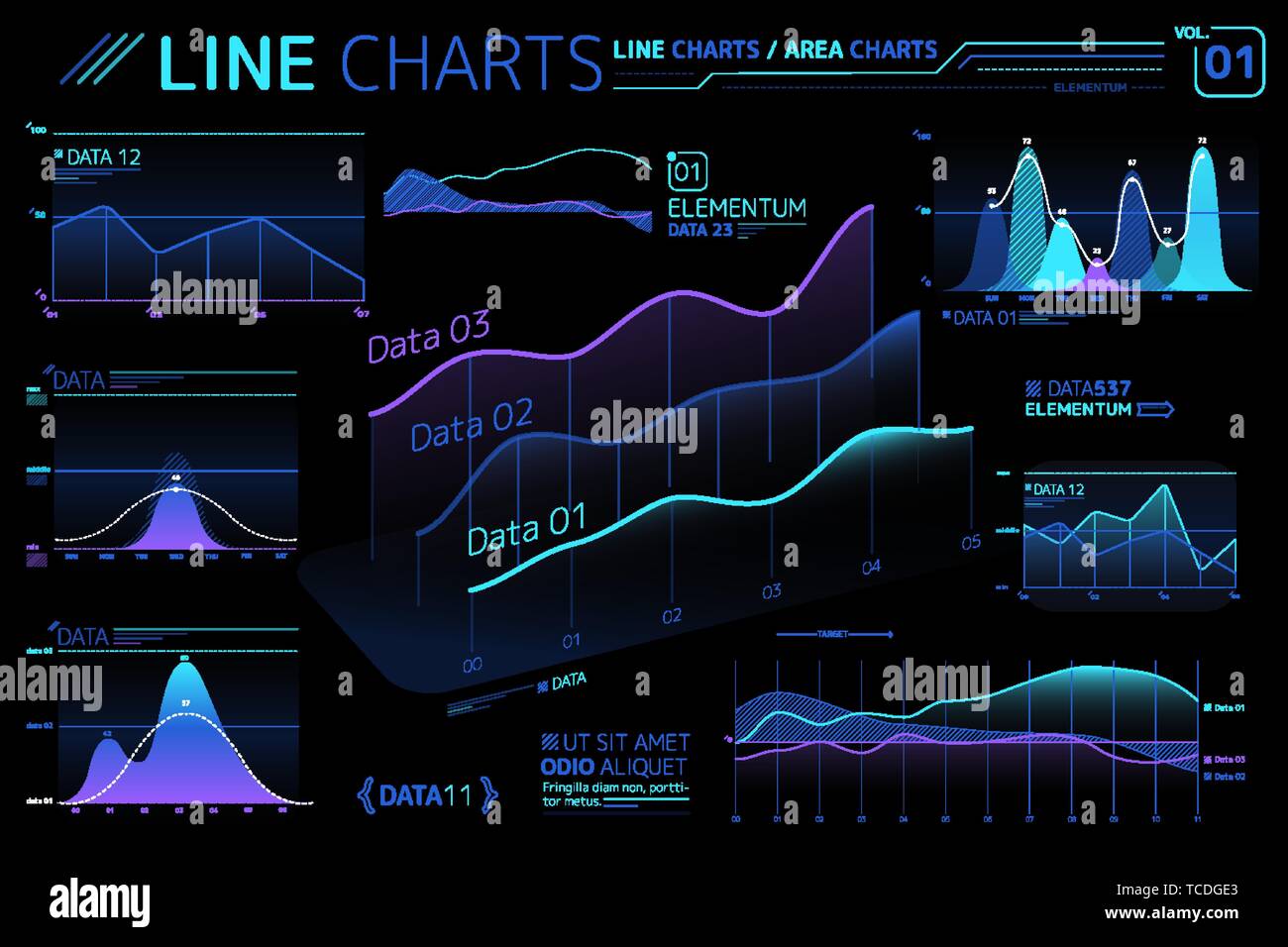


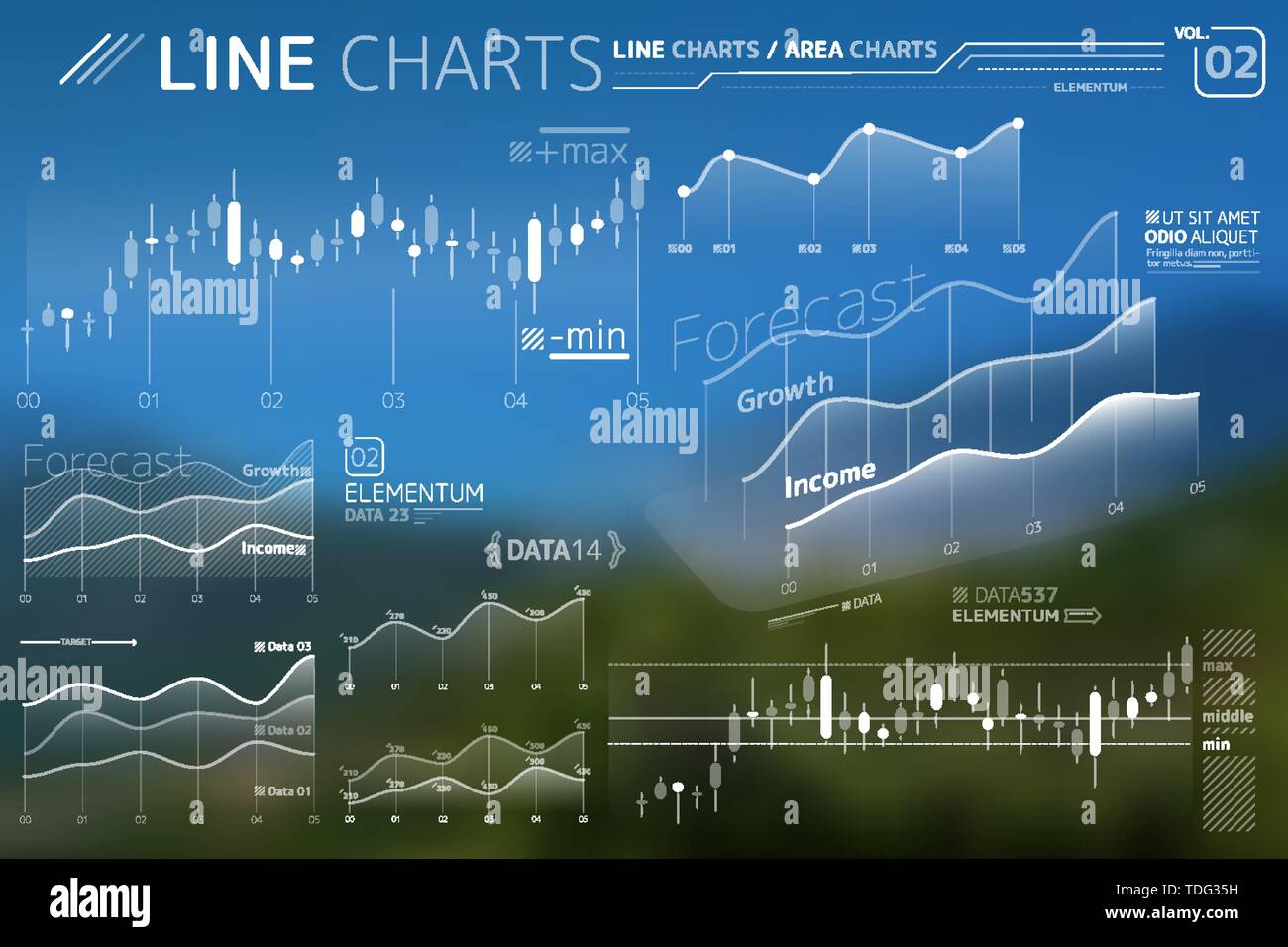
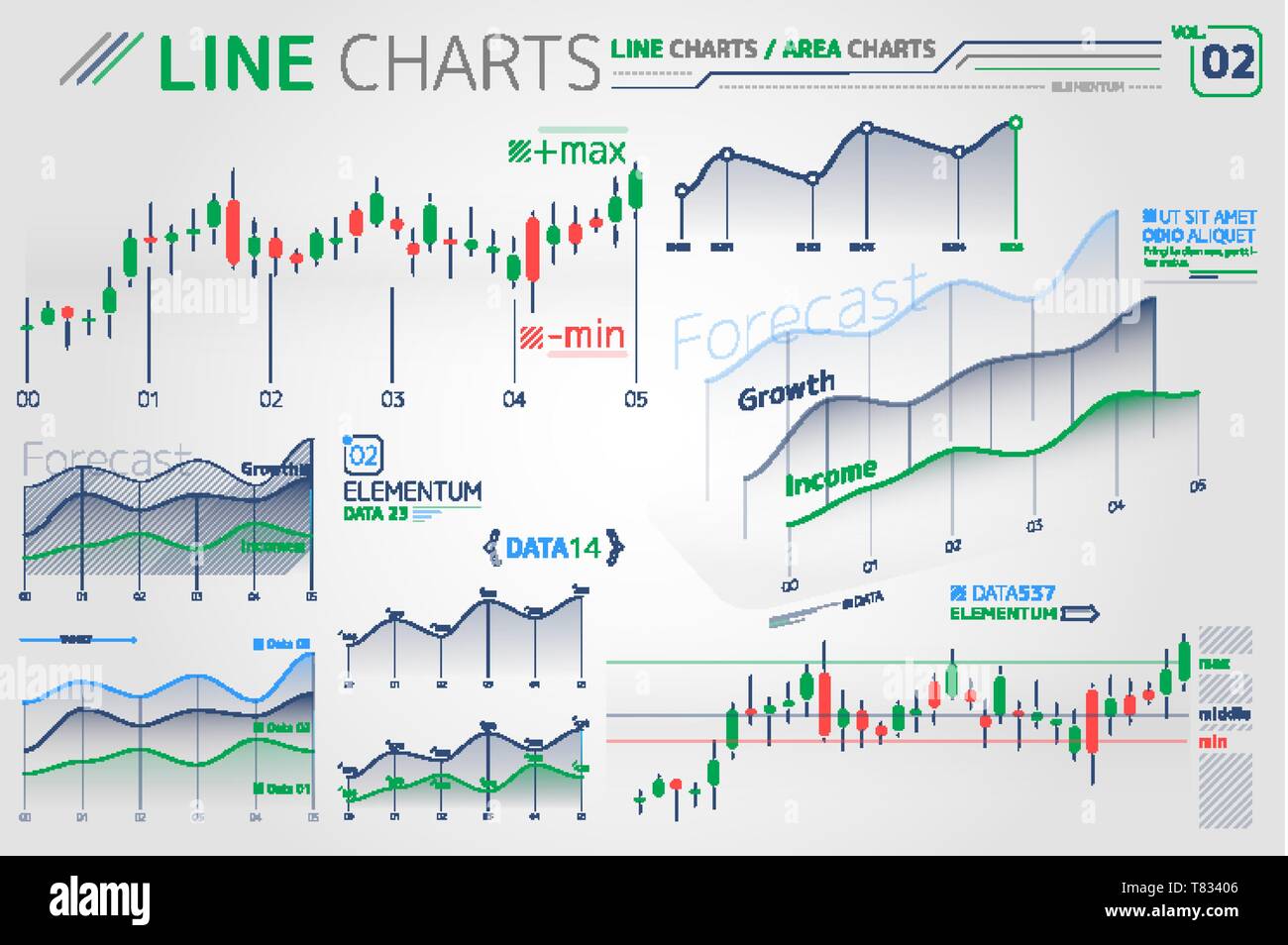
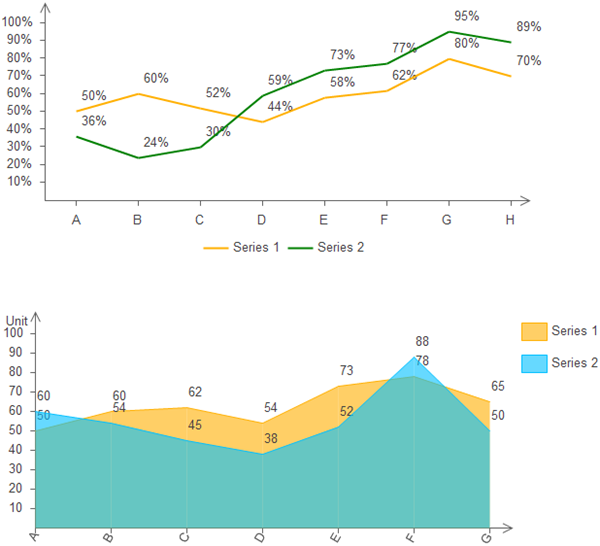

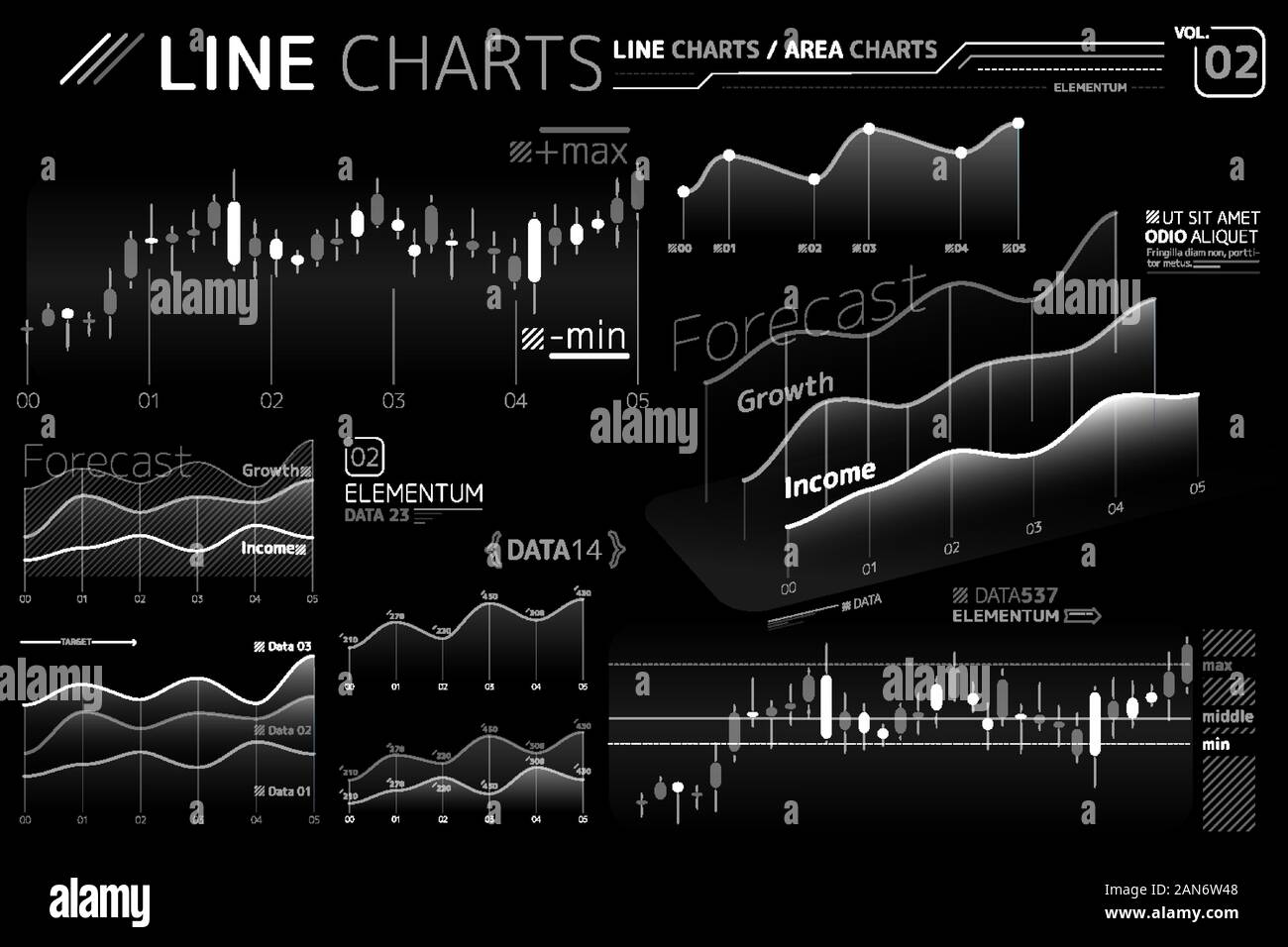

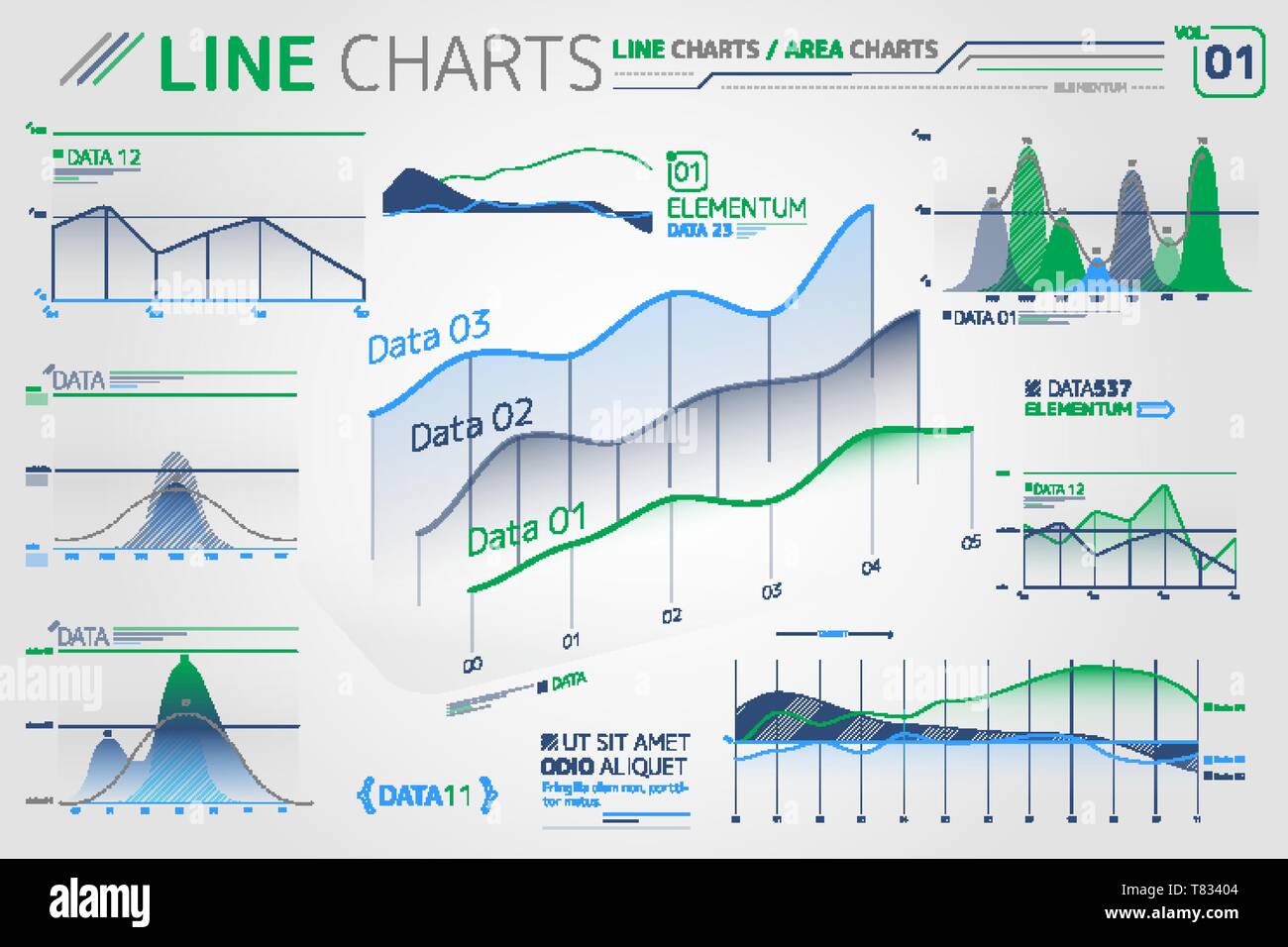
![6 Types of Area Chart/Graph + [Excel Tutorial]](https://storage.googleapis.com/fplsblog/1/2020/04/Area-Chart.png)

